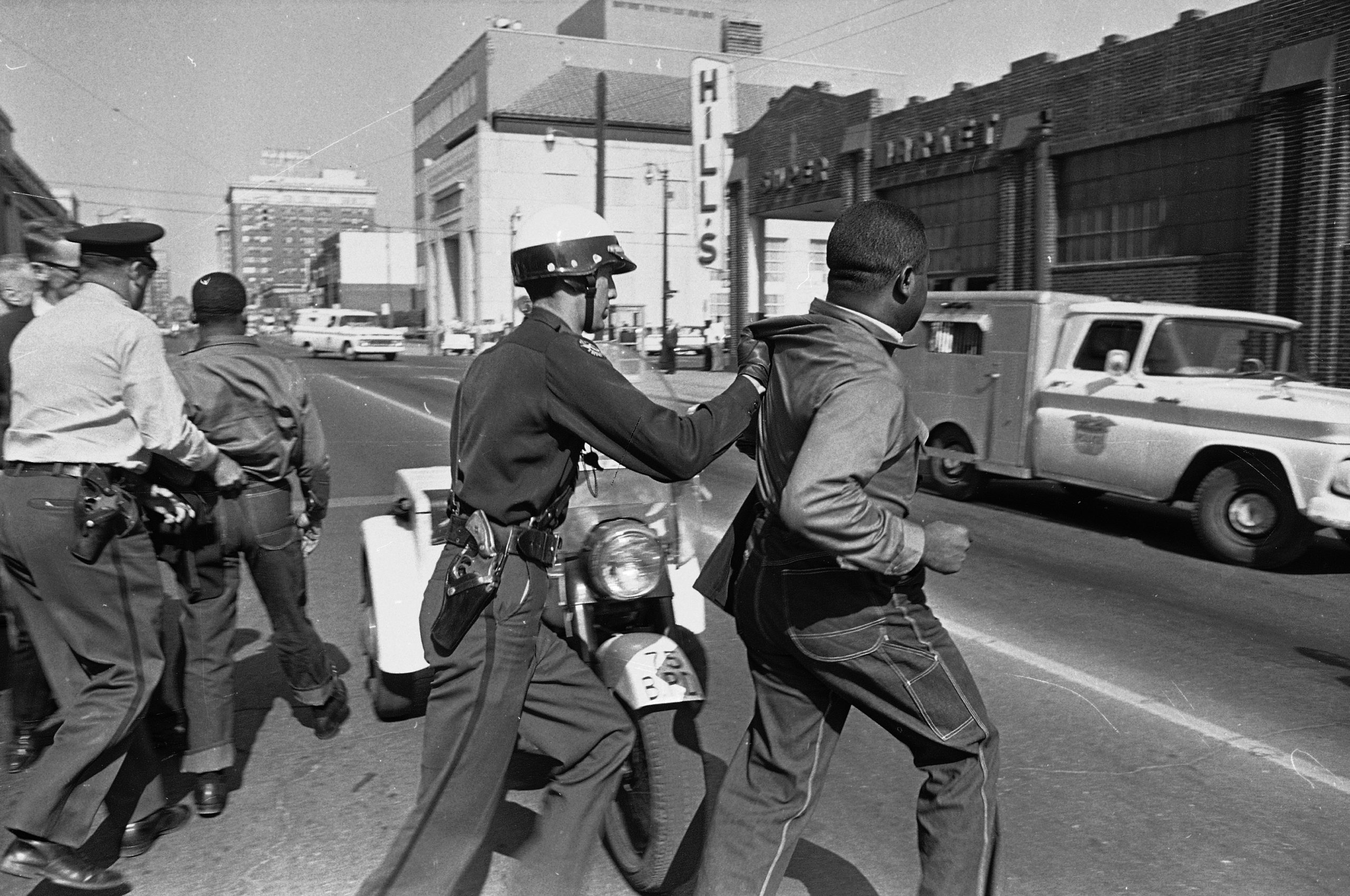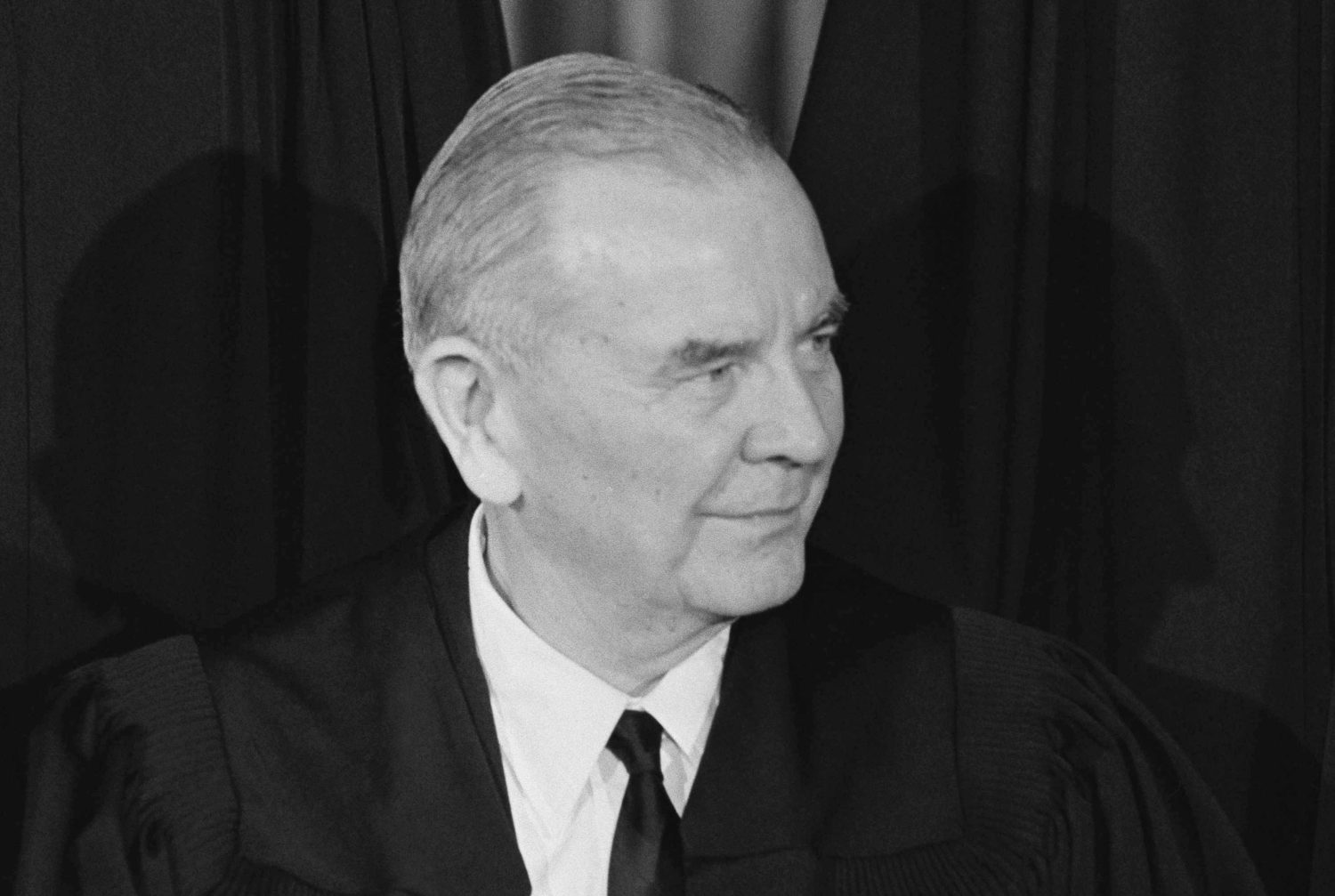When Ed Henry’s legal team arrives at court to carry out defamation lawsuits against Fox News, CNN and NPR over his sexual misconduct allegations, it will have to prove there was a reckless disregard for the truth. In other words, the former Fox News personality must demonstrate that the media companies intentionally lied and avoided learning the facts about the alleged situation.
“The key question to ask about a lawsuit like this one, which is brought by somebody who’s clearly going to be treated as a public figure and will have to prove actual malice, is how does he establish that the people who publish the information about him knew or recklessly disregarded the falsity of that information,” said Lyrissa Lidsky, dean of the University of Missouri’s school of law.
Henry was fired from Fox News last year following an outside investigation into the allegations made against him by a former colleague. CNN and NPR provided additional reporting on the circumstances surrounding his termination.
Henry later claimed that Fox News and its CEO, Suzanne Scott, fired him to take attention away from wrongdoing within the company.
He also said several CNN and NPR reporters — Alisyn Camerota, Brian Stelter and David Folkenflik — have long held grudges against Fox News, which is what prompted them to report the allegations.
The lawsuit will likely be an uphill battle for Henry, Lidsky said, considering there was an actual investigation that led to his termination.
But, at the very least, it’s another talking point during a time when Supreme Court Justices Clarence Thomas and Neil Gorsuch are raising questions about the actual malice standard, established in the 1964 landmark Supreme Court case New York Times v. Sullivan, and whether it should be revisited.
“The Supreme Court has said bad motives for publishing does not establish actual malice, although when you add it to other facts, it can help establish it … but, standing alone, having a bad motive or having a grudge or having negative feelings about the plaintiff doesn’t establish actual malice. It’s actual analysis and inquiry focused on the mental state of the defendant and what the defendant knew or recklessly disregarded with regard to the truth or the falsity of the statement,” Lidsky said.
[the_ad id=”667826″]
The unanimous Sullivan decision came with an understanding from the justices that the government would always be a subject of rigorous debate and coverage. The court deemed the actual malice standard for public officials necessary to protect such debate and coverage.
Subsequent cases expanded the actual malice standard to public figures at large — not just government.
Debates over who should be considered a public figure — in a world where people can gain massive followings through social media platforms — have placed a burden on people who file defamation lawsuits.
Thomas has consistently questioned why “exposing oneself to an increased risk of becoming a victim necessarily means forfeiting the remedies legislatures put in place for such victims.”
TRAINING FROM POYNTER: Pay Attention: Legal Issues and Your Media Company
Gorsuch sees a media landscape that has changed tremendously. Declining newsrooms and the emergence of the internet and social media have created more space for misinformation dissemination by those with the intent to do harm.
Both justices have suggested that the actual malice standard is worth reexamination. But, so far, they haven’t mentioned some key points that led to the creation of the standard.
Neither of the justices address, for example, that the Sullivan case itself was part of a self-conscious and strategic attempt by the Southern states to stop the national press’ critique of their actions during the civil rights movement.
The case had to do with an advertisement in the Times titled “Heed Their Rising Voices.” The ad, with the intent to gather support for Dr. Martin Luther King Jr., criticized law enforcement for violence against nonviolent protesters. (It contained minor errors.) L.B. Sullivan, the Montgomery, Alabama, police commissioner at the time, didn’t like that the ad made the police look complicit in the violent acts.

Rev. Martin Luther King, Jr., left, and Rev. Ralph Abernathy, right, leaders of the civil rights movement, are seen being hauled off to a paddy wagon by police following a demonstration in Birmingham, Ala., April 12, 1963. (Courtesy: Horace Cort / AP Photo)
It’s a reality legal experts say is an important piece to the conversation.
“I think that these are really, really dangerous developments here,” said Lili Levi, a professor of law at the University of Miami. “I think that we need to be concerned about this. We need to take a long view because I think that the people that are trying to chip away at the edifice of the New York Times v. Sullivan are taking a long view.
“And, what is really important is to kind of zoom out when we assess this kind of doctrinal attack in cases like this and see it against this backdrop of the sustained political attack on the ‘fake news media’ that has been waged by the executive branch and its allies since 2016.”
The problem is what happens when you take the actual malice standard out, Levi said. “You still have a situation where you have the amplification of any statement by anybody online, the ability to use that gigantic global network as a way of asserting gigantic amounts of damages that could bankrupt anybody.”
[the_ad id=”667872″]
Journalists are humans, and there are inevitably going to be errors in their reporting. Credible newsrooms have standards and procedures in place to address said errors. But trust in the media has hit a new low. Public figures with mass followings have the ability to deny any claim made against them in minutes, whether true or false, as witnessed during Donald Trump’s presidency.
“‘It’s just the fake news media that is defaming me, you know, I never did anything wrong. They’re just defaming me. And you can’t believe anything they say,’” Levi said, providing an example of how politicians and other public figures often respond to critical news pieces. “And so if that’s what people are going to believe, then the fact that you have this new media environment in which anybody can tweet out whatever they think and can be believed actually means that Sullivan isn’t really harming anybody that much.”
Krista L. Baughman, a defamation attorney based in California who often represents the people filing lawsuits, views it differently. She said the actual malice standard has been applied too broadly in today’s world.
“If the goal is to encourage robust debates about elected officials, that’s one thing, but now the way the actual malice standard is being applied, it’s sort of the opposite,” Baughman said. “If you decide to inject yourself into a public debate, you now too can be a public official, and therefore you have less rights to defend yourself when there’s negative speech.”
Baughman doesn’t think it’s fair that a Jet Ski seller, for example, can be held to the same actual malice standard as the president of the United States just because they advertise their product on the internet.
“For those people with huge platforms, we’re going to subject them to a higher standard because it’s so easy for them to speak back. And now, by contrast, everyone could be said to have a huge platform. And yet they don’t have the same readership or viewership,” Baughman said.
“I have clients sometimes who say, ‘Well, they didn’t interview me for that story, or they could have talked to 10 other people who would have cleared my name and they didn’t,’” she said. “I don’t think it cripples the press to force them to abide by a standard of truth-telling with respect to the actual facts they are asserting as true or false.”
If a news organization publishes facts that it’s done nothing to corroborate, that probably meets the reckless disregard for the truth standard, said David Snyder, executive director of the First Amendment Coalition.
“I don’t think that’s what the standard allows for,” Snyder said.
It’s difficult to pinpoint whether Gorsuch’s opinion was suggesting that the actual malice standard be tweaked at the margins or overturned completely, Snyder said, but the latter would be “a grave mistake.”
“I don’t think that it’s too broad,” Snyder said. “That said, I take Gorsuch’s point that the media landscape has changed dramatically, especially the last 10 years, but over the last 20 to 30 years as well. And so the media world that existed when New York Times v. Sullivan became law no longer exists and has been gone for a very long time. … Does that mean that the legal standard needs to be changed? I’m not sure that it does.”
Snyder, who litigated a case involving a billionaire and Mother Jones and witnessed the financial toll it took on the news organization, said getting rid of the actual malice standard would eliminate important protections for large and small publishers.
“Without those protections, billionaire plaintiffs could really do some decent damage to publications, especially small ones with shoestring budgets. And could potentially put them out of business and silence them all together,” Snyder said.
Defamation attorneys and media law scholars say it’s undeniable that there’s building steam to do something about the precedent set by Sullivan, with two Supreme Court justices making their stances clear on the matter. Whether the rest of the court will eventually agree to hear a case examining Sullivan’s actual malice precedent down the road is anyone’s guess.
“I think, obviously, the rise of the internet and then social media has made getting the right balance between free speech and protection of reputation harder,” Lidsky said. “And so perhaps a distinction should be drawn between trying to apply the law to people who do take steps to make sure they get it right and those who don’t take steps to get it right.”
[the_ad id=”667878″]








I doubt that Krista L. Baughman said that someone who criticizes a public official becomes a public official. I suspect that she said that someone who criticizes a public official MIGHT be ruled to be a limited-purpose public figure. If she said anything else, she was mistaken.
Also, a small retailer selling JetSkis being ruled as an all-purpose public figure (who needs to prove actual malice) equivalent, she said, to being US president, is an incorrect application of the law, not a problem in the law. I don’t have any problem with businesses open to the public and advertising being treated like limited-purpose public figures and huge corporations like Nike and Coca-Cola are like all-purpose public figures. If the law makes it easy for corporations to win libel lawsuits, they will file and threaten to file huge numbers of them, and legislatures will have to respond with anti-SLAPP kinds of laws. We can’t have a society in which everyone is afraid to say anything in public about any company.
The issue with the “actual malice” standard is that it’s difficult to prove even when there was actual malice, but what is an appropriate and workable alternative?